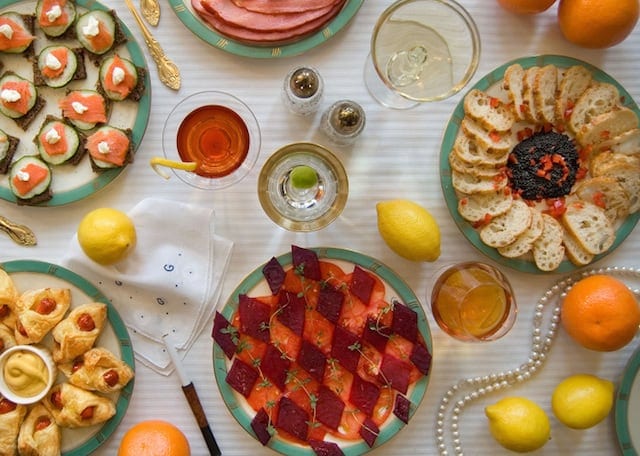In the realm of literature, the portrayal of food often transcends mere sustenance, acting as a powerful narrative device that can evoke a wide range of emotions and themes. Designer and writer Dianah Fried has creatively explored this aspect by bringing to life the culinary elements found in some of the most renowned literary classics. Her work involves the preparation of dishes that are vividly described in books like Harper Lee’s “To Kill a Mockingbird” and Charles Dickens’ “Oliver Twist.”
This artistic endeavor highlights the role of food in storytelling. In “To Kill a Mockingbird,” for example, food acts as a symbol of comfort, community, and the socio-economic contrasts that underpin the novel’s setting in the American South during the Great Depression. The simple, home-cooked meals contrast with the underlying themes of racial injustice and moral complexity.
Similarly, in “Oliver Twist,” food is a central element that represents the stark realities of poverty and class disparities in Victorian England. The famous scene where Oliver timidly asks for more gruel is symbolic of the desperation and helplessness experienced by the impoverished during that era.
Through her culinary recreations, Dianah Fried not only pays homage to these literary masterpieces but also offers a unique sensory experience that allows readers to connect more deeply with the narratives. This approach opens up new perspectives on understanding and appreciating the role of food in literature, showing how it can be a vehicle for exploring deeper societal issues, character development, and cultural contexts. Fried’s work reminds us that food in literature is often laden with meaning, serving as a mirror to the characters’ lives and the worlds they inhabit.

Alice in Wonderland: A Tea Party Unlike Any Other
In Lewis Carroll’s “Alice in Wonderland,” we encounter a whimsical tea party hosted by the March Hare. Unlike typical tea gatherings, this one is devoid of wine, offering only tea. This scene embodies the book’s theme of the unexpected and the nonsensical.

Fear and Loathing in Las Vegas: A Bizarre Culinary Experience
Hunter S. Thompson’s “Fear and Loathing in Las Vegas” takes us through a surreal journey, including a scene where a character indulges in tequila and grapefruit. This act of consuming tequila in a chaotic manner mirrors the chaotic and unpredictable nature of the book’s narrative.
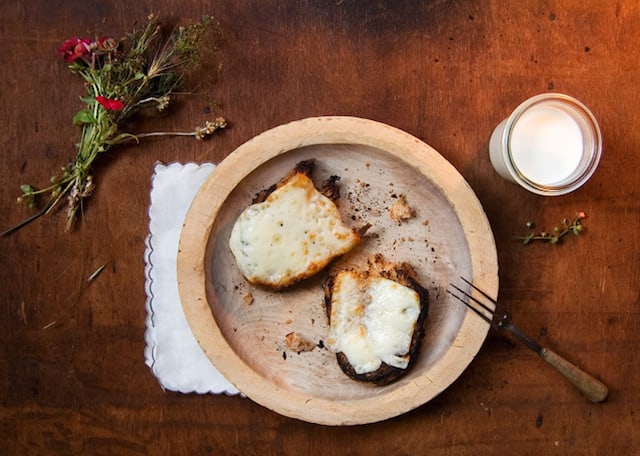
Heidi: Simple Pleasures of Mountain Life
In Johanna Spyri’s “Heidi,” the simplicity and wholesomeness of mountain life are depicted through food. A scene describes an old man toasting cheese over a fire, captivating Heidi with its simplicity and warmth. This scene symbolizes the comfort and simplicity of rural life.

Moby Dick: A Feast at Sea
Herman Melville’s “Moby Dick” includes a vivid description of a sea voyage where the characters enjoy a hearty chowder. This meal, enjoyed in the harsh conditions of a sea journey, represents the solace and comfort food can provide.
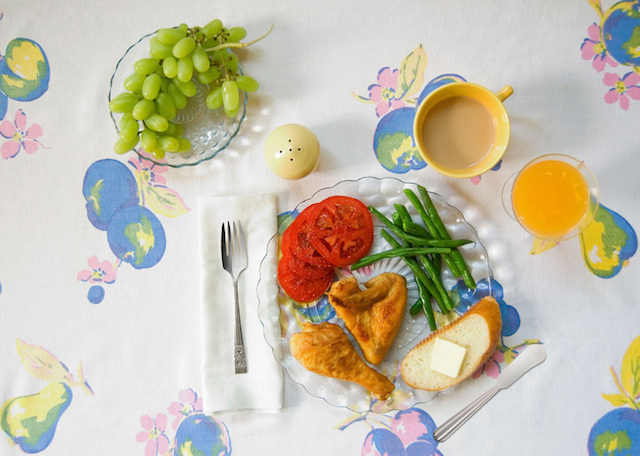
To Kill a Mockingbird: A Breakfast to Remember
In Harper Lee’s “To Kill a Mockingbird,” a breakfast scene with chicken gifted by Tom Robinson’s father to Atticus Finch symbolizes gratitude, community, and the racial and social dynamics of the time.

The Secret Garden: Discovering New Delights
Frances Hodgson Burnett’s “The Secret Garden” introduces us to the simple joy of roasted eggs and potatoes with butter, foods that symbolize new discoveries and the healing power of nature.
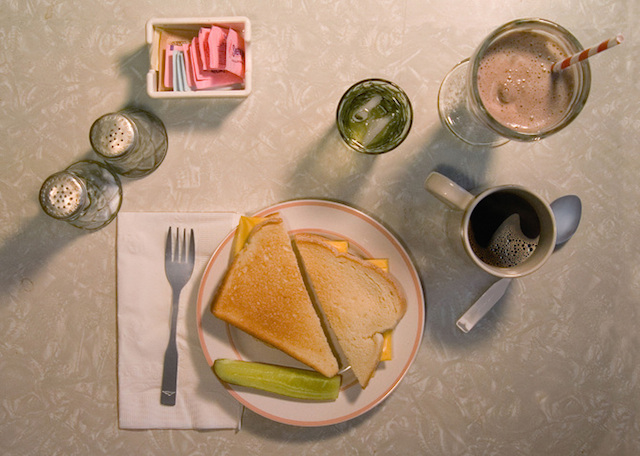
The Catcher in the Rye: Simplicity in Eating
In J.D. Salinger’s “The Catcher in the Rye,” the protagonist Holden Caulfield often opts for a simple Swiss cheese sandwich and malted milk. This choice reflects his desire for simplicity and comfort in a confusing world.

The Metamorphosis: A Contrast of Decay
Franz Kafka’s “The Metamorphosis” portrays a stark contrast in the food scene, where the character is surrounded by decaying and unappetizing food. This represents the protagonist’s own transformation and the decay of his life.

The Bell Jar: Comfort in Food
Sylvia Plath’s “The Bell Jar” includes a scene where the protagonist relishes an avocado and crabmeat salad. This meal, a reminder of her grandfather’s care, symbolizes comfort and familial love.
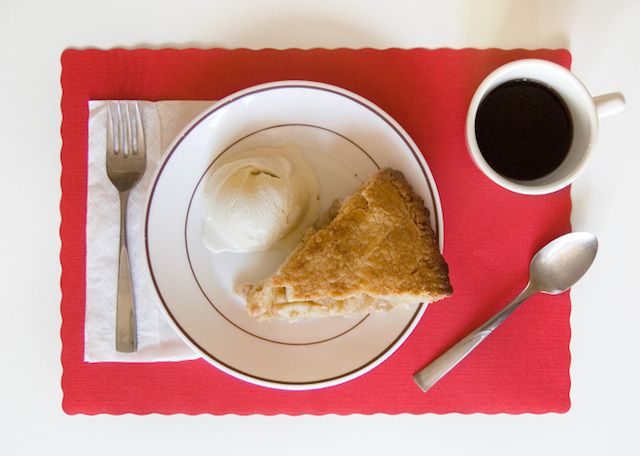
On the Road: A Journey of Flavors
Jack Kerouac’s “On the Road” takes us on a culinary road trip across America. The narrator’s enjoyment of apple pie and ice cream in Iowa reflects the diverse culinary landscape of the United States.
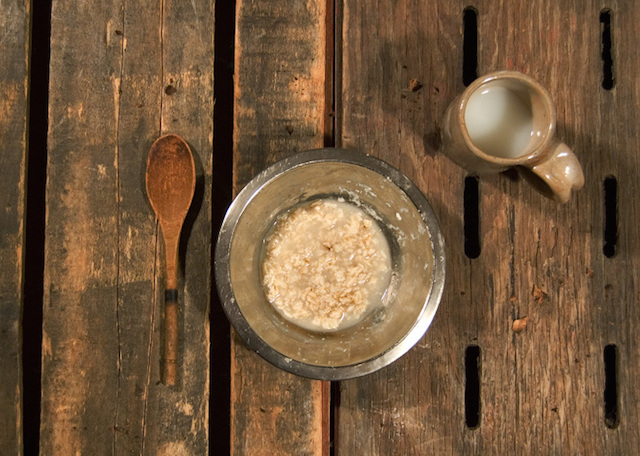
Oliver Twist: The Cry for More
Charles Dickens’ “Oliver Twist” presents one of the most iconic food-related scenes in literature. Young Oliver, overwhelmed by hunger, asks for more food, symbolizing the harsh realities of poverty and the basic human need for sustenance.
